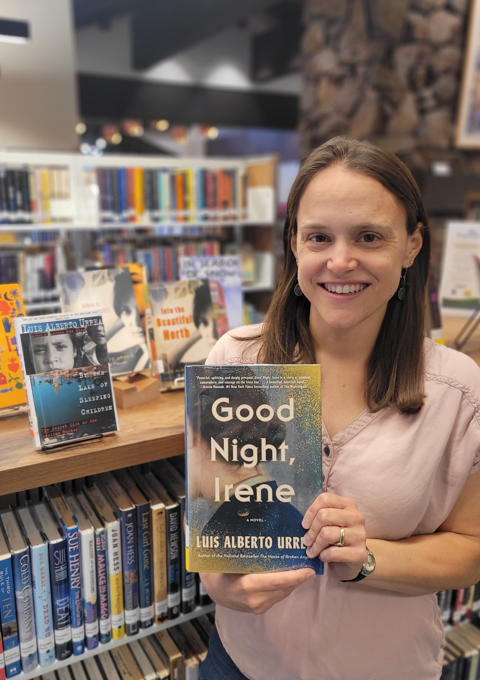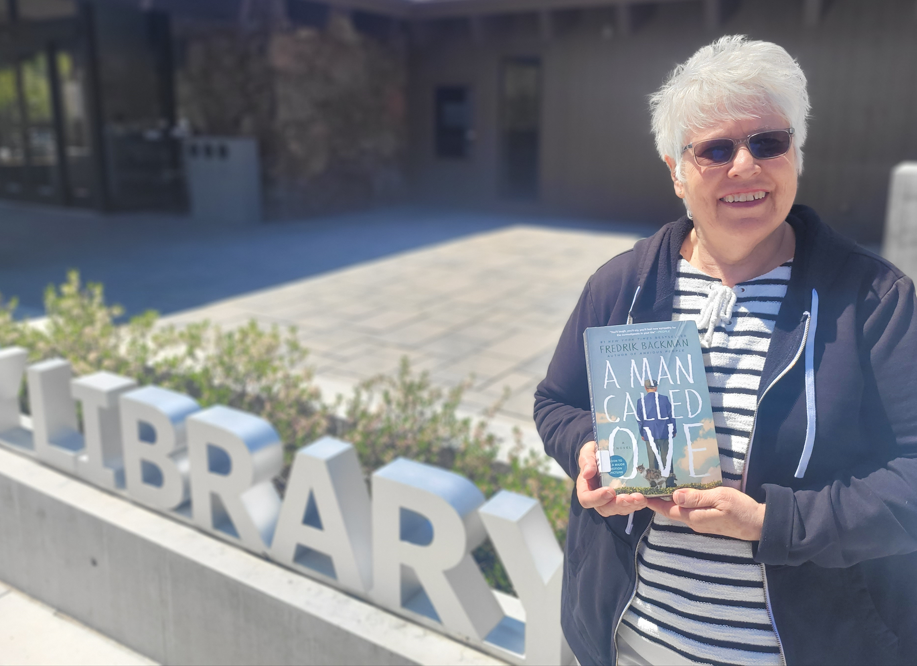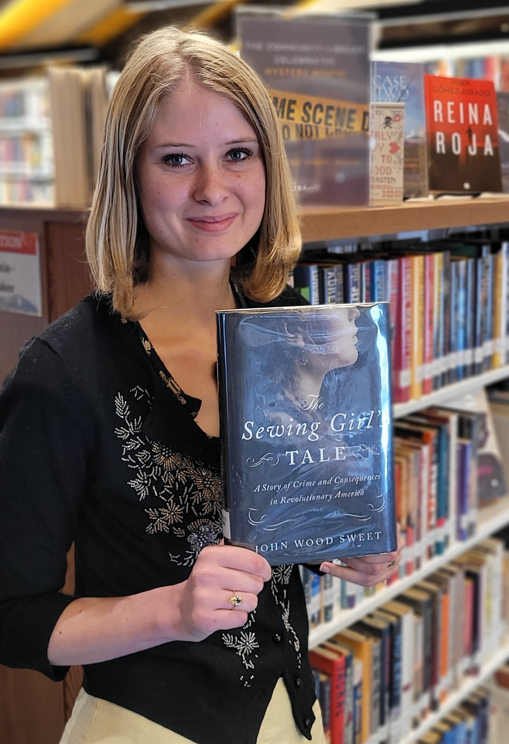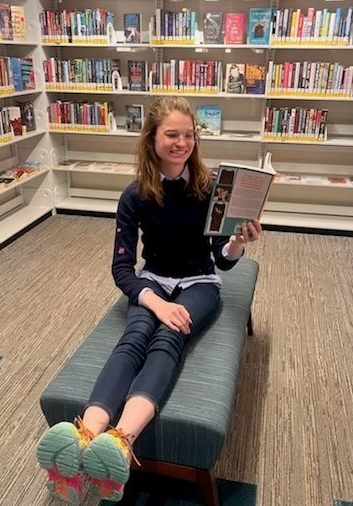Janet Ross-Heiner, Library Assistant and ELL Instructor, recommends Solito: A Memoir by Javier Zamora.
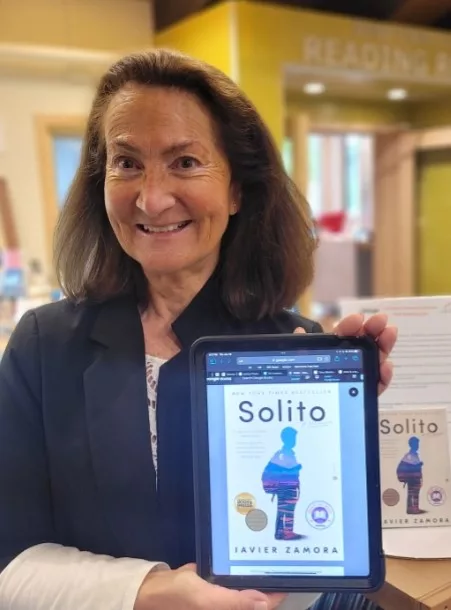
I invite you to enter and deeply feel Solito. Javier Zamora, who will be a guest at The Community Library July 19, 2023, is a writer of authentic magnitude and epistemic experiences. A special man, a poet and an activist; Javier a boy alone. “Solito” journeyed from El Salvador to the US to be united with his parents in Los Angeles. This beautifully written memoir is a testimony filled with compassion, trust, and a deep belief in the human spirit. It offers the intimate account of a young boy’s treacherous journey through Guatemala, Mexico and across the US Border.
Can you remember when you first learned to tie your shoes? Javier at nine years learned. During this time, practicing with laces he could hear whispers “La USA” and a forthcoming trip-trip-trip. His parents had crossed years prior with a coyote. He was left in his loving grandparents’ care until the early dawn of the day that was to arrive soon. “Listo nieto.” The 3,000-mile journey was to begin.
This beautifully written memoir is a testimony filled with compassion, trust, and a deep belief in the human spirit.
“He writes in the pitch-perfect voice of that child as he makes his perilous way, on foot, by boat, bus, and truck, recalling moments of true terror and unexpected tenderness.” – Mitchell Kaplan interview
The “trip” in 1999 from Herradura, El Salvador, to Los Angeles took Javier on a courageous journey. A trip that was to take two weeks, took two months. Reading or listening to this story that he narrates, you will experience Solito’s crawling and groveling atop dust, prickly cacti, snagging barbed wire—surviving the sizzling and freezing desert temperatures. But underneath whirling helicopter blades, Solito searches for his Cadejo. He developed idioma skills when in Mexico. He used popote NOT pajilla as a Salvadoran would verbalize. He must hide his identity in route.
Aubade from Shakespear means; How we deal with death’s inescapability. In the pre-dawn darkness. Solito’s Cadejo was with him.
I’ll be back soon mijo – But in our windows still no glass,
When raindrops hit the sill they touch my skin like her eyes did
That morning she said I’ll be back soon mijo.
I touch the larvae growing in old tires in our backyard, I know she won’t return.
Aubade – poem from Unaccompanied 811.6 ZAM (2017)
Javier had an intuitive sense of character at an early age. He knows it might have been the gifted amulet, a Cadejo that his grandfather told him would protect him on his journey. The Cadejo, is a Salvadoran legend about a dog-wolf like creature with red eyes and goat hooves that protects those who believe.
As a note: Javier & Francisco Cantú are the best of friends. As a border patrol officer, Cantú resigned his position and authored the book: The Line Becomes a River: Dispatches from the Border. Both books hold close in my heart and hands.
Find Solito: A Memoir in 92 ZAM, SPA 920 ZAM, Axis360 E-book & E-Audiobook. Javier Zamora holds a BA Alma mater from Berkeley, MFA from NYU, is a Wallace Stegner Fellow, has a Radcliff Fellow at Harvard.
Note: Javier Zamora will be speaking at The Community Library at 6:00 p.m. on July 19, in partnership with the Sun Valley Writers’ Conference. More/register here.

